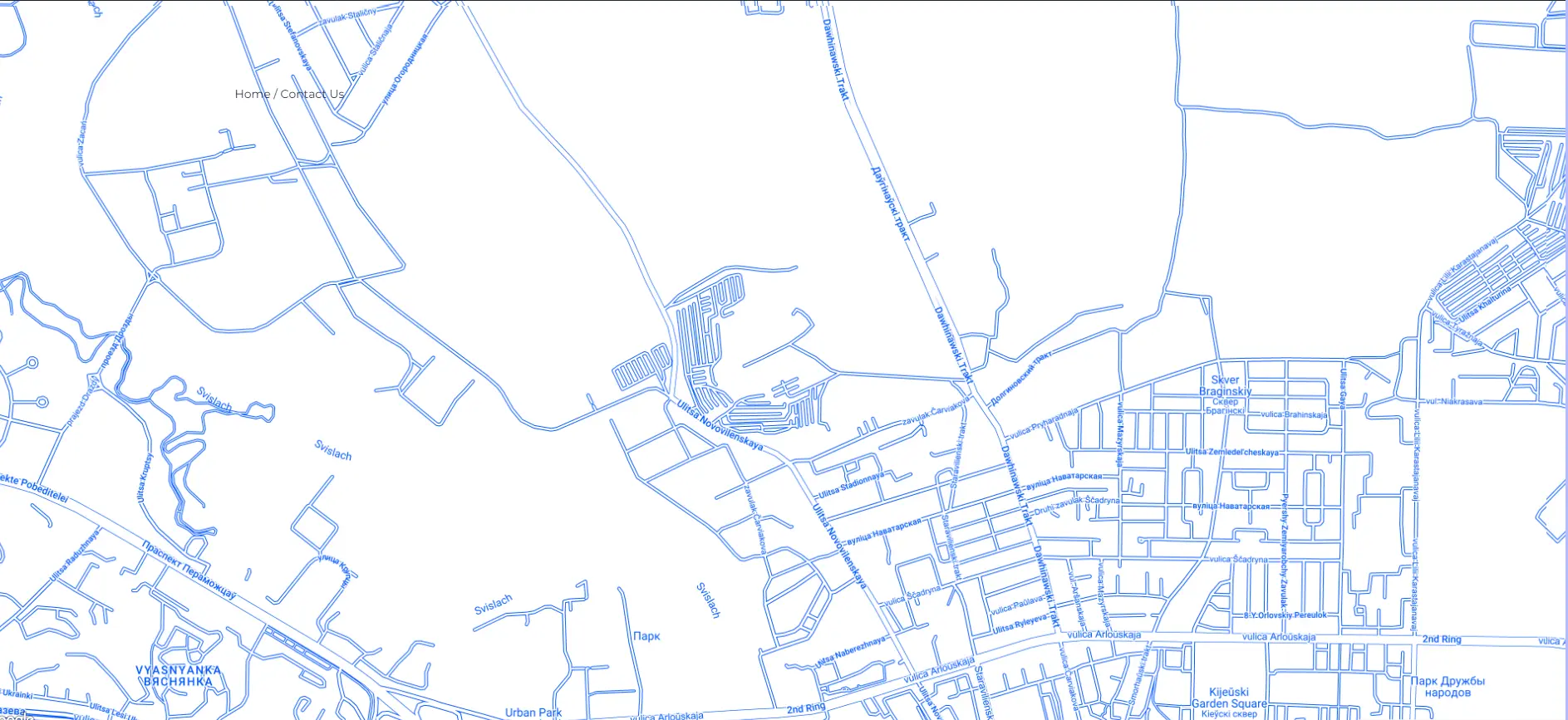Dividends are one way to reward a company’s owners for their participation in its activities and investments. They are usually paid in cash, but there is also a non-monetary option. This article looks at forms of non-monetary dividend payment to the company’s owners and advantages and risks associated with such an approach to rewarding investors.
What is the distribution of part of the profit (dividends) between the company’s owners?
Companies established as business entities (limited liability companies, additional liability companies, joint-stock companies) distribute the remaining part of the profit (dividends) after paying taxes and covering losses.
The general meeting of the participants of the business company distributes the profit.
Mandatory and voluntary payment of dividends (part of profit)
Distributing dividends is mandatory only for owners of preferred shares of joint-stock companies. A preferred share is a security that confirms that the owner has a share in the company’s ownership but does not participate in its management and receives dividends in the form of a fixed percentage.
Voluntarily pay dividends to:
- Shareholders who own everyday (ordinary) shares.
- Members of a limited liability company and an additional liability company.
The procedure for paying dividends is defined in the company’s articles of association. Even when the company’s articles of association do not specify the possibility of paying dividends in non-monetary form, the company has such an opportunity since paying dividends in kind is not prohibited by law.
Where the procedure for paying dividends (part of the profit) is determined
In a joint-stock company, the procedure for paying dividends to owners of ordinary shares is defined in the articles of association. When some issues of dividend payment are not defined in the articles of association, they can be defined in a local document of the joint-stock company (for example, in the Regulation on Payment of Dividends), which is approved by the general meeting of shareholders.
In a limited liability company, the procedure for paying distributed profits is determined in the company’s articles of association or a decision made at the general meeting of participants.
Based on the decision of the general meeting, the company head signs an administrative document requiring the payment of part of the profit (dividends) to the company’s owners in a non-monetary form.
Where to determine the payment of dividends (part of profit) in kind
We believe that the payment of dividends in kind can be determined in local documents of a joint-stock company or a decision made at the general meeting of participants of a limited liability company.
The value of the property issued as dividends (part of the profit) can be determined by the parties’ agreement. If necessary, an assessment of the property that is supposed to be issued as dividends (part of the profit) can be carried out.
What property can be transferred for the payment of part of the profit (dividends)
The company may transfer any property as dividends (part of the profit), the value of which corresponds to the amount of accrued dividends. The property includes, among other things, securities, in particular, company bonds, which can be transferred to pay dividends (part of the profit). As a rule, as dividends (part of the profit), the company transfers property that is not used in the company’s activities.
Transferring only the property withdrawn from circulation is impossible, and the turnover is limited.
Legal Entities in Belarus
Get corporate legal support in Belarus for companies and legal entities to protect and grow your business!
What to pay attention to when transferring securities as dividends (part of profit)
1. Transactions with some bonds can only be made by qualified investors in the securities market. This applies to transactions with structural bonds. Therefore, structural bonds as dividends (part of the profit) should not be transferred to persons who do not have the status of a qualified investor.
2. Bonds may be transferred as dividends (part of profit) at face value or another value established by agreement of the parties.
3. To transfer securities as dividends (part of the profit), it is necessary to agree with the company and the owner. The contract provides for:
- Type of security, category, type, nominal value and full name of the issuing company.
- The number of securities that are transferred under the agreement.
- The price of one security.
- The total amount of obligations under the agreement.
- The procedure for the transfer of securities.
- Information is that there are no prohibitions or restrictions on transactions with securities.
- Indicate the date and state registration number of the securities issue. If the securities do not require state registration, indicate the identification number of the issue.
4. Mandatory details of the contract for the payment of dividends (part of the profit) in securities:
- The full name and address of the company that pays dividends (part of the profit).
- Surname, first name, patronymic, place of residence (stay) of the company’s owners – individuals.
- The registration number of the payer (UNP) of the company that is the founder, the identification number of the non-resident company that is the founder, and the name of the state of which the company is a resident.
5. Transactions with securities issued as dividends (part of the profit) sometimes need to be registered with a broker or a depository; otherwise, the transaction will be invalid. There are several exceptions to this rule, which can be found in consultation with our experienced lawyer.
Peculiarities of taxation of dividends in non-monetary form
- Because the payment of money to the recipients of dividends (part of the profit) does not occur, the companies’ accountants have questions about calculating and paying income tax on payments in non-monetary form. In this case, the accountant only calculates the income tax amount, and the company’s owner, to whom dividends (part of the profit) have been paid in non-monetary form, himself deposits the amount of income tax to the company’s bank account.
In this case, the company transfers income tax to the budget no later than the day the owner credits the money to the company’s account.
- The property’s value, issued as dividends to the company’s owners, does not accrue contributions to the Social Protection Fund and mandatory insurance premiums in the Belgosstrakh.
- If the company pays value-added tax (VAT), then the payment of dividends (part of the profit) to the company’s owner, an individual, is recognized as a turnover in the sale of goods and is subject to VAT.
- Payment of dividends (part of profit) to the owner – a legal entity is subject to income tax and VAT if the source company is a VAT payer.
- For a company receiving dividends in kind, the value of the received property is not included in non-operating income.
How we can help pay dividends (part of the profit) in a non-monetary form
Our lawyers are experienced specialists in the field of corporate law and taxation. We can:
- Advise you on the registration of documents for the payment of dividends (part of the profit) in non-monetary form.
- Prepare a non-monetary document package on the payment of dividends (part of the profit).
- Calculate taxes on the payment of dividends (part of profits) in non-monetary form and file tax returns.
- Prepare agreements with the owners of the company on the payment of dividends in non-monetary form.
- Represent your interests in government agencies.
Contact us
If you have any questions or disputes regarding the payment of dividends (part of the profit) in non-monetary form, we will be happy to help you! Our long-term experience in the field of corporate law and taxation will help you in resolving any disputes in this area.
- +37529142-27-19 (WhatsApp, Viber, Telegram);
- info@ambylegal.by.






